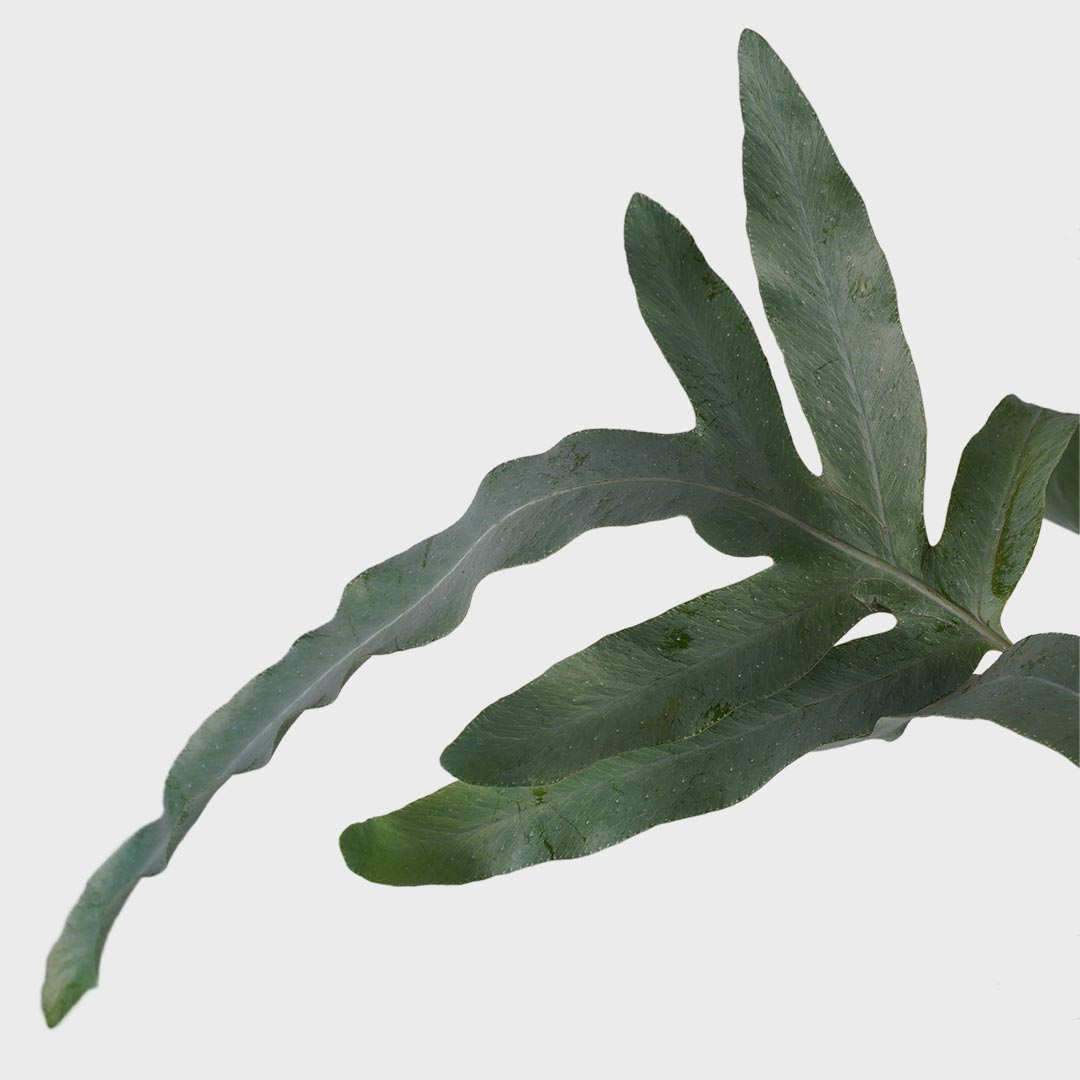
Deliver to
The Netherlands
 English
EnglishFerns date back to almost 400 million years ago, which means they now have evolved to many different types of species. Their green foliage precedes the time of dinosaurs, making them one of the oldest living things to exist. Ferns are mainly found in rainforests. That's why they like humid environments, such as bathrooms and kitchens.


Medium light
Water once a week
Toxic
Air-purifying
The Alocasia likes to be placed in a spot with lots of light. Not all species tolerate bright light well. It is best to place the plant in medium bright light. The Alocasia prefers a spot next to a window on the west or east. A spot near the south is of course also possible. Make sure that the plant is at least 2 metres away from the window. A spot near the north probably has too little light.
If an Alocasia gets too little sunlight, the plant will grow long stems. With its long stems the plant hopes to reach the sunlight. This can be crucial for the plant. Because of the long stems the leaves can become too heavy and break off.
Therefore, don’t forget to turn the Alocasia! The plant grows towards the sun. If you do not rotate the plant will only get full on one side and that is what you want to prevent.
If a Fern gets too little water, the leaves will hang limp. Due to too little water, the stems are not full enough to hold the leaves high. It is therefore important to always keep the soil of a Fern slightly moist. You can check this to with your finger in the soil. Never let a Fern dry out. Not even in winter! It is best to water the Fern twice a week in summer, and once a week in winter. The most important thing? Give small amounts of water. A Fern can’t completely absorb big amounts of water within one week. This can cause the Fern to store the excess water in the roots. The plant can then suffer from root rot. You can easily recognise root rot by the yellow leaves with brown edges.
The Fern uses a lot of energy from spring onwards to make new leaves. As a result, the plant needs extra nutrients. You can provide these nutrients by plant nutrition. We recommend giving plant nutrition once a month from spring until autumn. After autumn and in winter it is better not to give extra nutrients. In the winter, plant nutrition can actually be harmful for the Fern!
Repotting a Fern isn't necessary every year. The plant is a slow grower. We recommend repotting a Fern every 2 years. Repotting gives new nutrients and more room for root growth. The airier soil is also very good for the water flowing through. The best period to repot is spring.
Ferns generally prefer cool and moderate temperatures. The ideal temperature range is typically between 15 to 24 degrees Celsius. However, specific preferences can vary depending on the type of Fern, as there are numerous species with different habitats and adaptations.
Pruning can be done to remove any brown, yellow, or dead leaves from the Fern. Removing these damaged leaves not only improves the plant's appearance but also helps maintain its overall health by preventing the spread of diseases or pests. Trim back the fronds at the base, near the soil level.
An advantage of Ferns? They don’t get bugs and vermin too soon. If you can find vermin or bugs, use chemical pesticide for a healthy plant.

